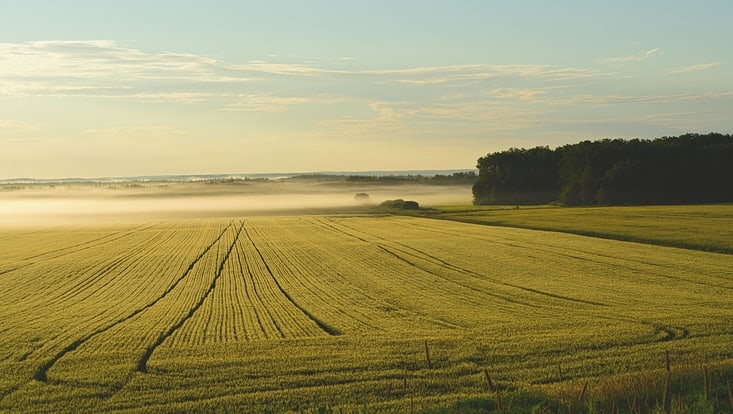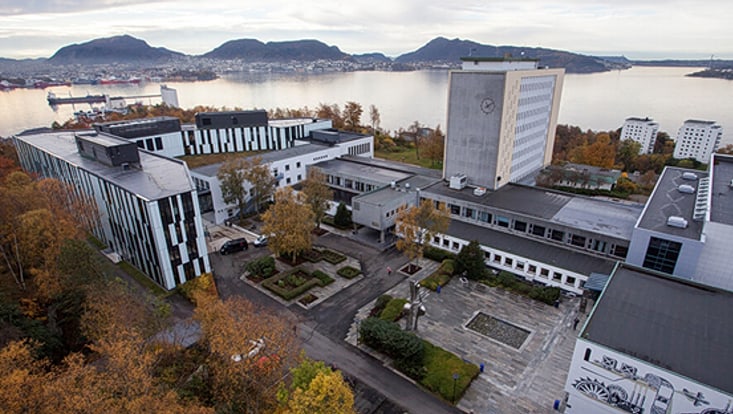New paper on aligning organic farming and conservation targets in Europe
19 June 2025

Photo: Shawn Konopaski at Pixabay
The European Green Deal's targets are ambitious. By 2030, 10% of the EU's total land area should be strictly protected for the purposes of nature conservation. Consequently, no alternative forms of land use, such as agriculture, are permitted. At the same time, 25% of all agricultural land should be cultivated organically.
A team around Luisa Gensch, a PhD student at the FNK and a CLICCS researcher, demonstrates how planning and targeted strategies allow nature conservation and sustainable agriculture to be harmoniously combined. In this study, she collaborated with FNK members Prof. Dr. Uwe Schneider, Dr. Kerstin Jantke and Dr. Livia Rasche. The team published the paper “Land of opportunities: aligning organic farming and conservation targets in Europe”, in which they analysed how the ambitious targets of the European Green Deal can be effectively implemented. Using a spatially explicit model, they found that these goals can be achieved with minimal land-use conflicts, and that strategic policy tools are essential to balancing environmental preservation with agricultural and economic needs.
The main insights of the study show that less than 1% of EU cropland is required for strict protection, with most protected areas being re-designations. Furthermore, a balanced, comprehensive approach can advance both biodiversity and sustainability goals simultaneously. The study also demonstrates that the 25% organic farming target is the main limiting factor, influencing land prices and consumer costs.
In conclusion, Luisa Gensch says, “Strickly protecting 10% of EU land needs less than 1% of our farmland. This means: Europe’s goals for organic farming and adequate nature protection can be met at the same time – without major land fights.”


